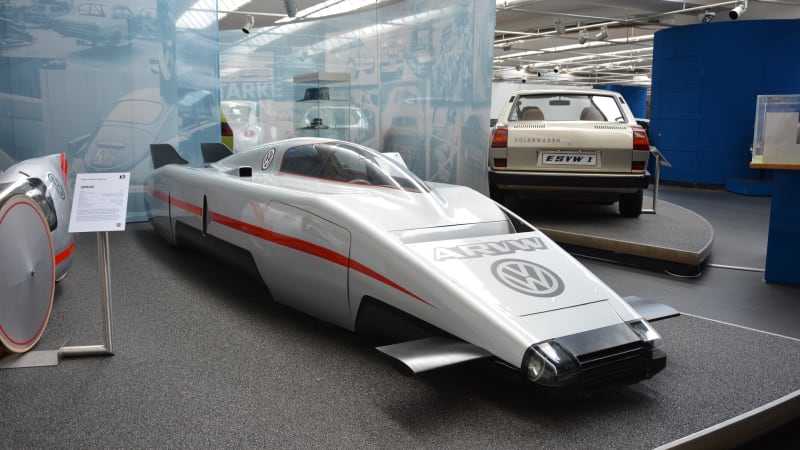Audi Repair Shop Doylestown
Call 267 279 9477 to schedule a appointment

The most aerodynamic car ever to wear a Volkswagen emblem on its nose isn’t the newest Golf GTI or an ID-badged electric model. It’s a forward-thinking prototype named Aerodynamic Research Volkswagen (ARVW) developed and built in 1980 in response to the oil shortages that rocked the global economy in the 1970s.
Volkswagen initiated the project because it wanted to learn more about aerodynamics and fuel efficiency. Starting with a blank slate, its engineers designed an aluminum frame and topped it with a body made from fiberglass and carbon in order to keep weight in check. The single-seater stretched 196 inches long, 43.3 inches wide, and 33 inches tall, dimensions that created a silhouette much closer to a race car’s than to a Passat’s.
Making the ARVW as sleek as possible required mounting the headlights behind Plexiglas covers. There were no mirrors — they would have created drag — but a pair of winglets sticking out from the front end and two big fins out back were added to keep the prototype steady and on four wheels at triple-digit speeds. Its low, elongated body boasted a drag coefficient of 0.15. To add context, the Porsche Taycan Turbo’s drag coefficient checks in at 0.22.
The intrepid test driver sat directly in front of a 2.4-liter straight-six turbodiesel engine borrowed, somewhat surprisingly, from a large, box-like van named LT. This model was never sold in the United States; think of it as the Vanagon’s bigger, boxier, and front-engined brother. The six sent 177 horsepower to the covered rear wheels via a purpose-designed chain drive. Keeping it cool without adding massive air scoops to both sides was a challenge, but Volkswagen solved it with a clever system that injected water into the turbo’s intake.
In 1980, Formula One pilot Keke Rosberg was let loose on the Nardò track in the ARVW. He set two world records — including the fastest diesel car at 225 mph — and eight class records before calling it a day.
Volkswagen never seriously considered giving the ARVW the proverbial green light for production. It was a rolling display of innovative technologies built for engineers to tinker with, not a preview of a model the firm hoped to sell alongside the Golf and the Jetta in showrooms around the world. Volkswagen quietly put the project on hiatus during the 1980s, but its spirit lived on in the 1-Liter prototype driven by former chairman Ferdinand Piëch between Wolfsburg and Hamburg in 2002. It gradually evolved into the limited-production XL1 introduced in 2013.
from Autoblog https://ift.tt/3fyn3hg
